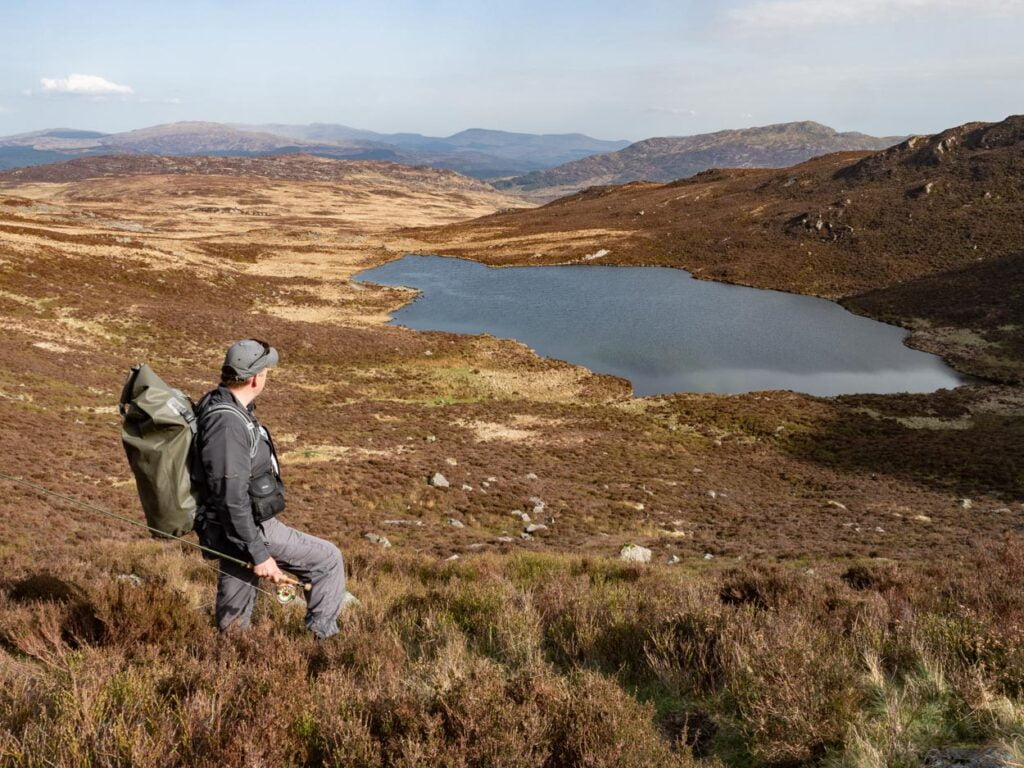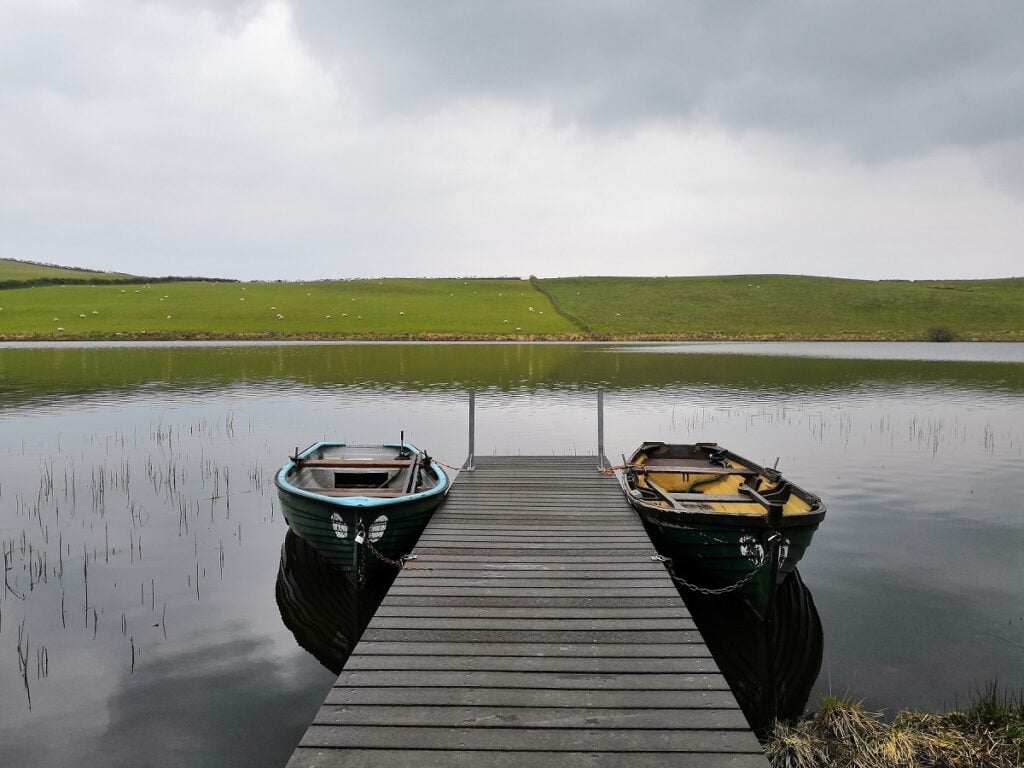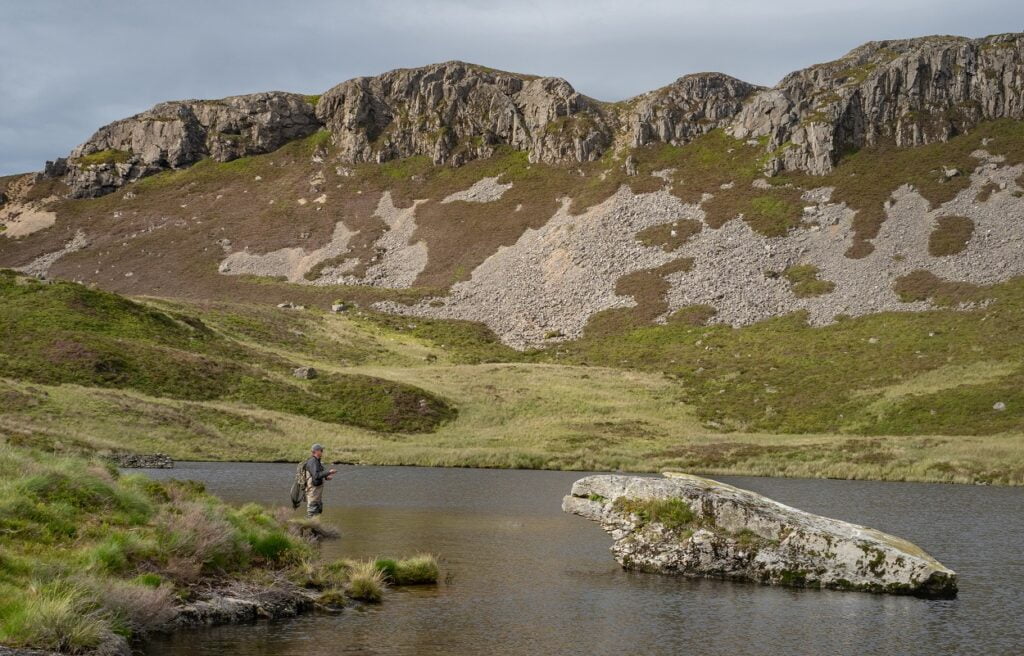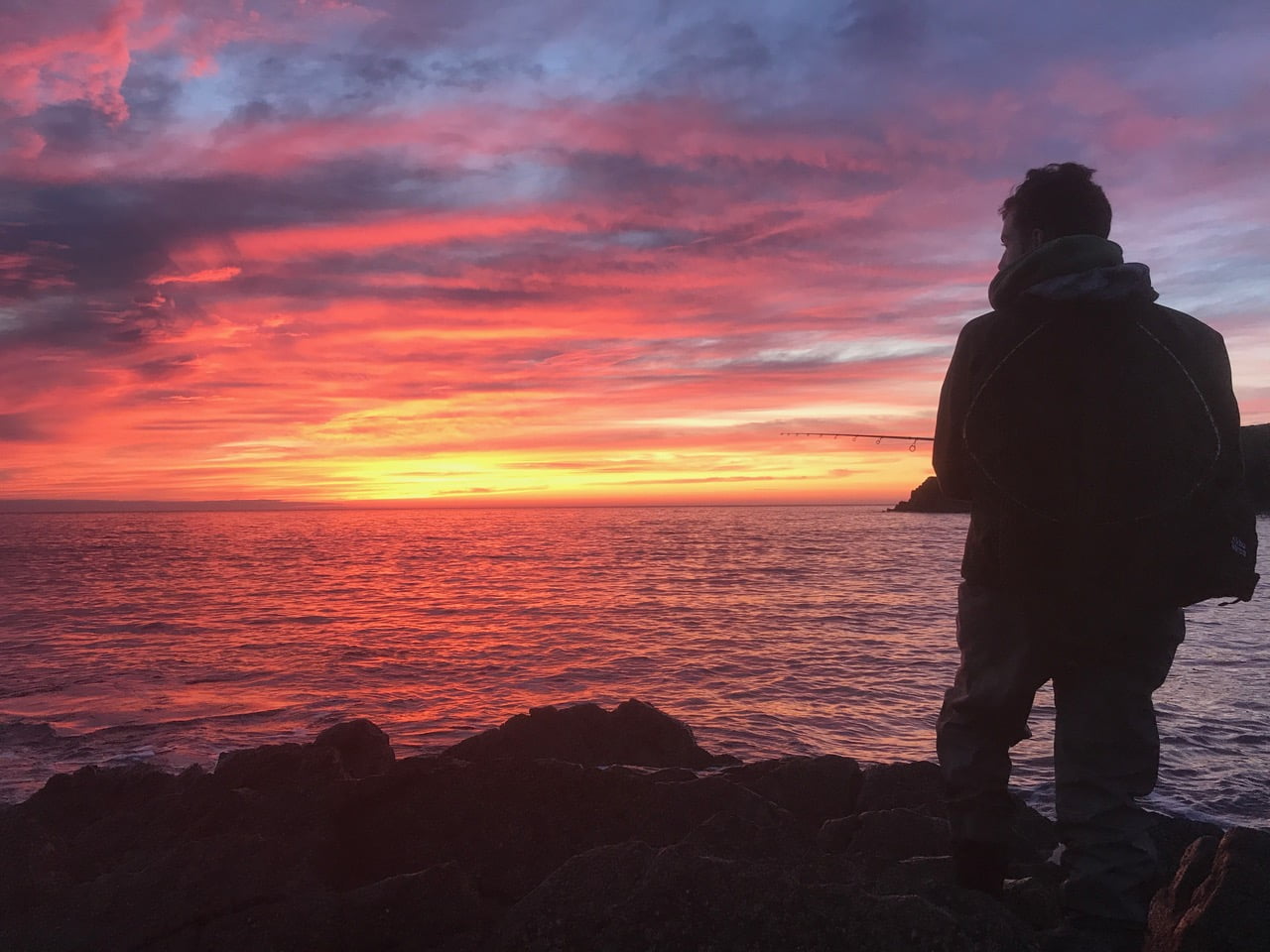Llyn fishing in Wales: Wild brown trout in the hills
Fishing In Wales marketing manager Ceri Thomas shares his top llyn fishing venues, along with tips and tactics for wild brown trout fishing on the upland lakes of Wales.
What is a llyn?
Welsh for ‘lake’ a llyn is equivalent to a Scottish ‘loch’ or English ‘tarn’ and in Wales we are blessed with literally hundreds of them, especially in the mountains of North Wales and the more gentle hills of Mid Wales.
The majority of Welsh lakes are glacial in origin, although some are the product of ancient mining industries, which over the centuries have fallen into disuse and can be considered as completely natural waters. In some cases llynneodd (plural for llyn) have been converted into water supply reservoirs from their natural state with the addition of small dams.
When it comes to llyn fishing variety is key, no two are alike; even waters just yards apart can have vastly different characteristics. In Wales you will find deep, boulder strewn mountain lakes, circular cliff surrounded corrie pools, boggy peat stained lakes with ample weed growth, and gentle moorland waters, where the waves lap clean gravel shores. Each llyn in Wales is truly unique with a special character.
What lives in them?
It is rare to find a llyn without a head of natural wild brown trout. In some waters these fish originally colonised during the aftermath of the ice age, or were introduced by farmers, monks and Victorian sportsmen over the years. Some of the deep North Wales lakes even contain arctic char.
Fish size and quality can vary just as much as the physical properties of the llyn itself. Some contain mere stunted fingerlings, black in colour with bulging eyes, while others have plentiful golden trout of around half a pound with the odd larger specimen. A few can hold true leviathans. Though rare, fish of 4 or 5lb are a possibly on the right water on the right day. To put things into perspective though, a llyn fish of a pound can be considered a good one and a two pound plus fish a specimen.

Why fish a llyn?
For the angler seeking solitude, llyn fishing provides a taste of adventure in beautiful, remote surroundings. It is rare to see another human being, let alone another angler so exclusivity is almost guaranteed. The fishing can be, and often is fast and furious. Llynnoedd often tend to be found in clusters, so you can often sample a number of lakes as part of a grand day out.
What’s the catch? Some can require a bit of extra legwork to reach them. But if you are willing to walk and expend a bit of energy the rewards can be high. Thankfully the challenge of getting there is all part of the enjoyment, as are the wonderful views and stunning scenery that you will encounter on your journey.
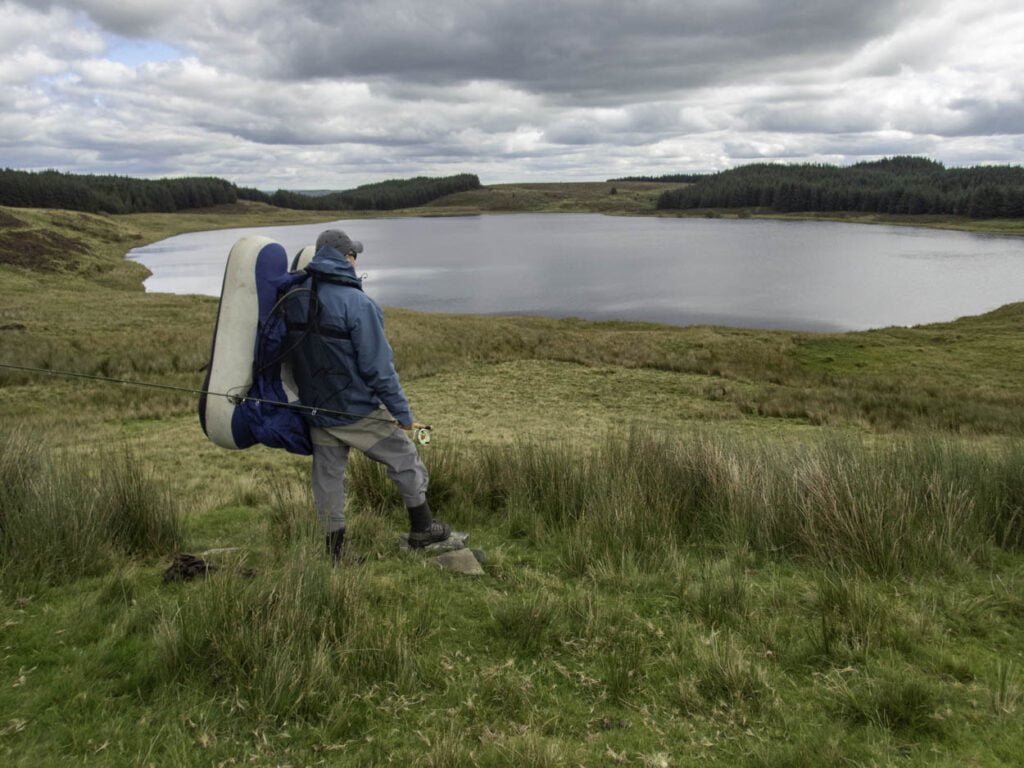
Llyn trout food
Welsh upland lakes can literally swarm with fly life, which can include pond olives, sepia duns, caddis, leeches, and buzzer to name but a few. Terrestrial food sources such as heather fly, coch-y- bonddu beetle, cow dung fly and daddy long legs provide windblown nutrition. In some waters the margins teem with minnow and sticklebacks, providing extra protein for larger, predatory trout.
Thanks to acid rain and sheep dip being a thing of the past Welsh lakes have improving water quality, so fish populations in upland Welsh lakes are doing better than ever, with more and larger fish in many. Catch and release is also helping. So now is a great time to pay a llyn a visit.
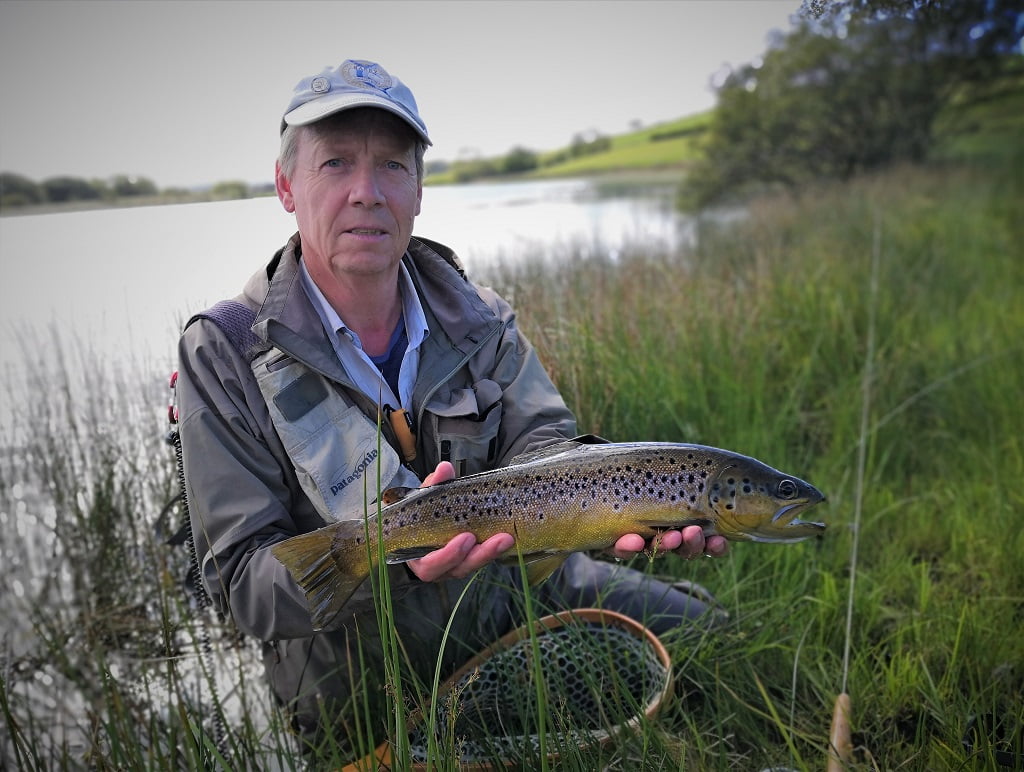
Llyn fishing on the Fishing Passport
In addition to purchasing your tickets directly through a Welsh Angling club The Fishing Passport offers an easy, hassle free access to a wide cross section of llynnoedd all over Wales; from the moorland setting of llyn Bugeilyn in the Cambrian mountains with its famous ‘black finned trout’, to the majestic and almost bottomless llyn Dulyn of the Carneddau. All told there are three dozen superb lakes for you to choose from.
Not all are a hard walk – plenty of the Passport venues are easy to access and will suit less mobile anglers. For example the Teifi Pools offer a quality llyn fishing experience with tarmacked roads right up to the water’s edge. The Cambrian Angling Association has a fantastic selection of lakes, some of these are very accessible yet retain a wild feel, while others are a good hike into the mountains. Likewise Sgotwrs Ogwen has some excellent llyn fishing in the heart of Snowdonia.
Because you can book online with the Fishing Passport you are able to plan and time your journey with ease. This is a massive advantage if you are visiting some of the remote spots, where weather conditions and a long hike must be considered. Check out our ‘book fishing‘ section which links to the Fishing Passport, allowing you to purchase day tickets directly through a booking window that connects to the Fishing Passport site.
A few Welsh Llynneodd to try…..
Llyn Conglog – Situated in a remote upland plateau setting, high above Blaenau Ffestiniog at over 2000 feet altitude. This 18 acre llyn holds larger than average wild trout, with the chance of a real outsize specimen. It is rich in fly life including the famous sepia dun. A two hour walk is required here, but you can fish two other lakes (Cwmorthin and Cwm Corsiog) on the way up. We filmed a video on these lakes in autumn of 2020 which you can watch here.
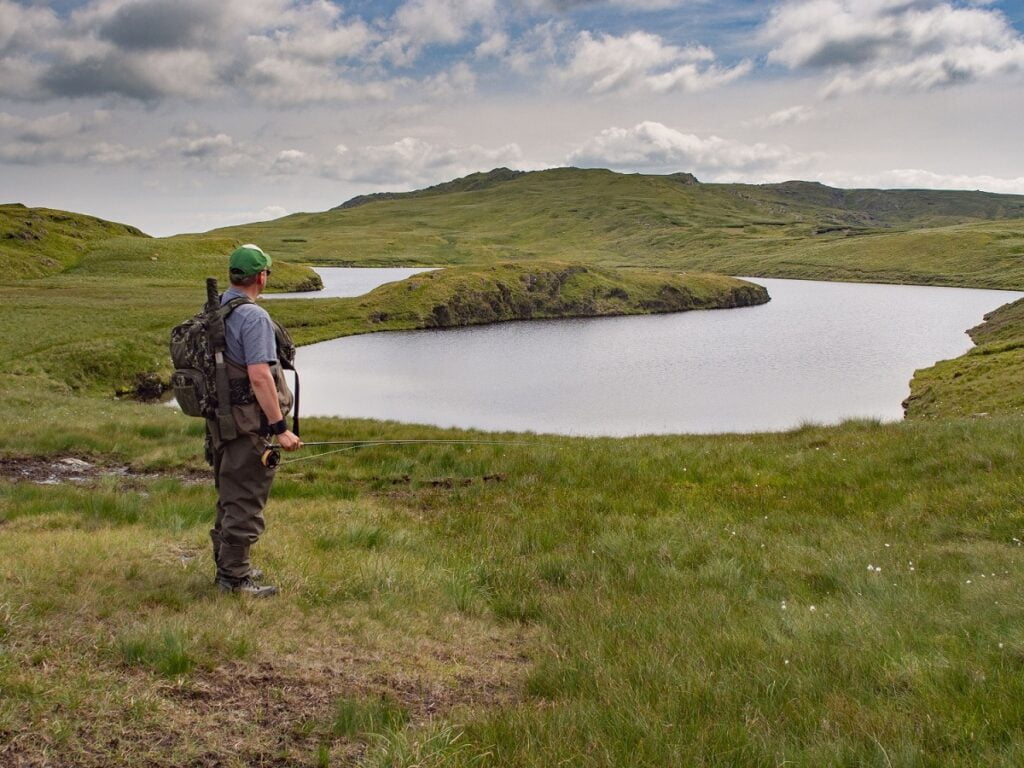
Llyn Egnant – Part of the Teifi pools group, Egnant is easily accessible and an ideal place for anglers new to llyn fishing to try. It produces good sport all season and holds decent sized fish to 2lb as well as plenty of sporting half pounders. Pound fish are now quite common. Should the fishing be slow a short walk to llyn Hir or llyn Teifi can often change your fortunes.
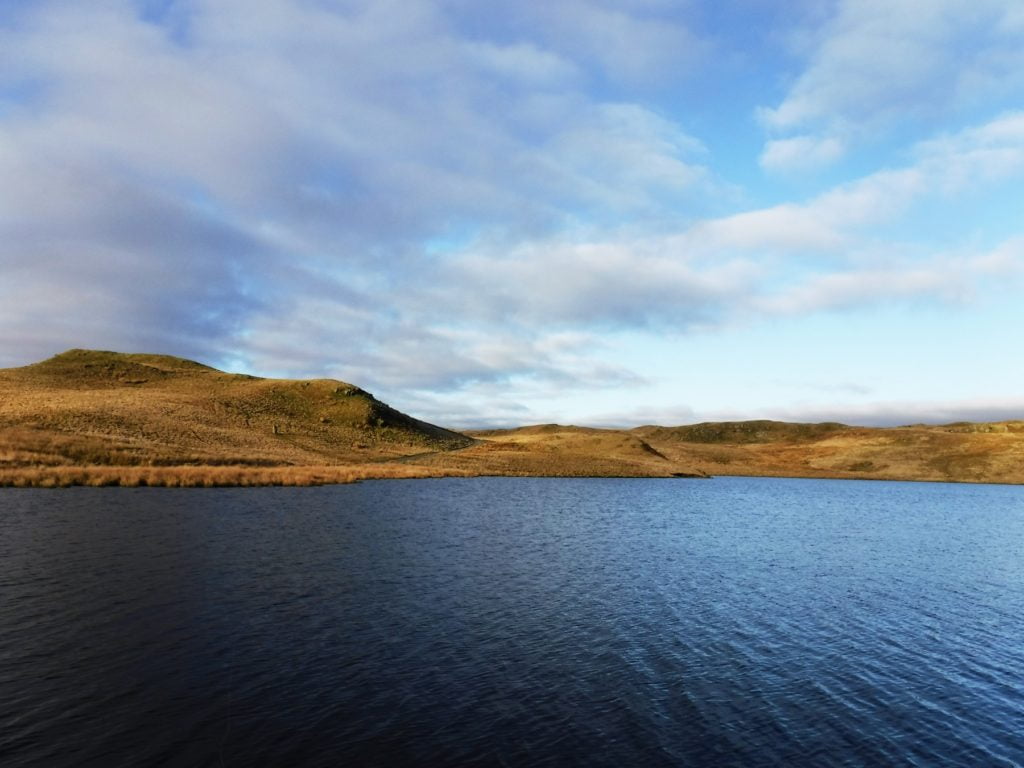
Llyn Oerfa – An Aberystwyth Angling Association llyn, Oerfa (the cold lake) was created to power a local lead mine in the 1800’s. A fertile llyn, this lake produces some very special trout, up to 9lb in weight. It holds a mixture of wild fish, and a few stock trout that are introduced to grow on. It fishes well on a wet and windy day in the summer months, but most of the time expect dour fishing since the trout feed hard on the rich bottom food. Like all Aber AA waters, this lake has a fantastic coch-y-bonddu beetle hatch in early June, which can bring big fish to the surface, as can the prolific great red sedge hatch in the late evenings of summer.

Llyn Bugeilyn – A llyn of the ‘Great Desert of Wales’ at 1700 feet the moody moorland setting of ‘The Shepherds Pool’ is truly atmospheric. The peaty water of llyn Bugeilyn swarms with moderately sized trout, which are dark in colour much like the water. Fish from 8oz to 12oz are the general size. Although possible to access with a 4 X 4, it is a 1.5 mile walk along a track. On the right day fishing here can be fast and furious.
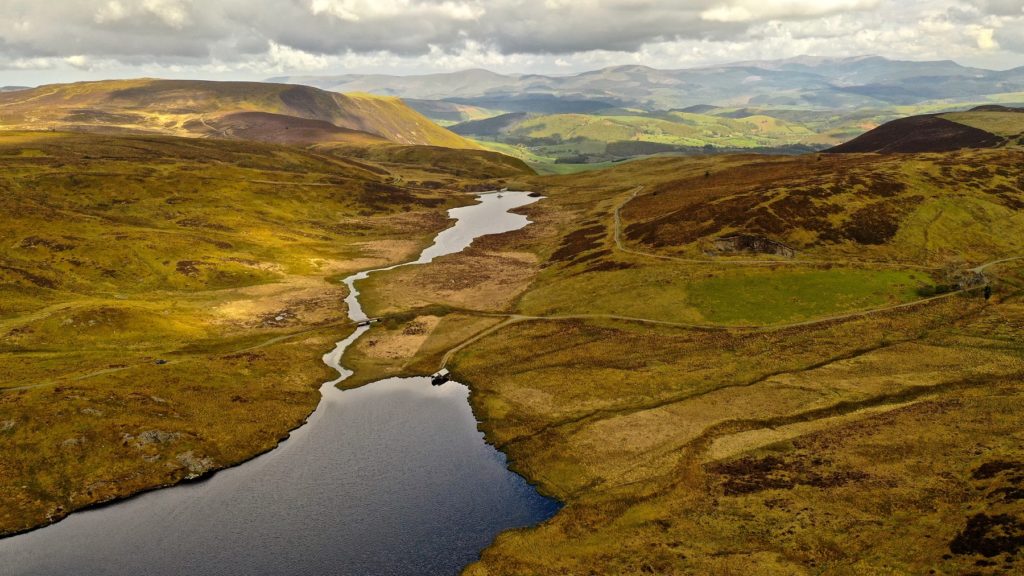
Llyn Llagi – A circular corrie lake where spectacular cliffs rise above the far bank. It is in the deeper water near these cliffs that the better trout can be found. There are plenty of fish in llyn llagi, up to 1lb. The fish exibit a wide variation in colour. On a calm day if the light is right, trout can sometimes be seen swimming over the shallow parts of the lake. Llagi is best approached from the Nantmor valley, from there it’s about a 45 minute walk through breath-taking countryside. For the truly adventurous the Llynnoedd Cwn (dog lakes) are another 30 minutes walk up into the mountains from Llagi. These hold surprisingly good sized trout.
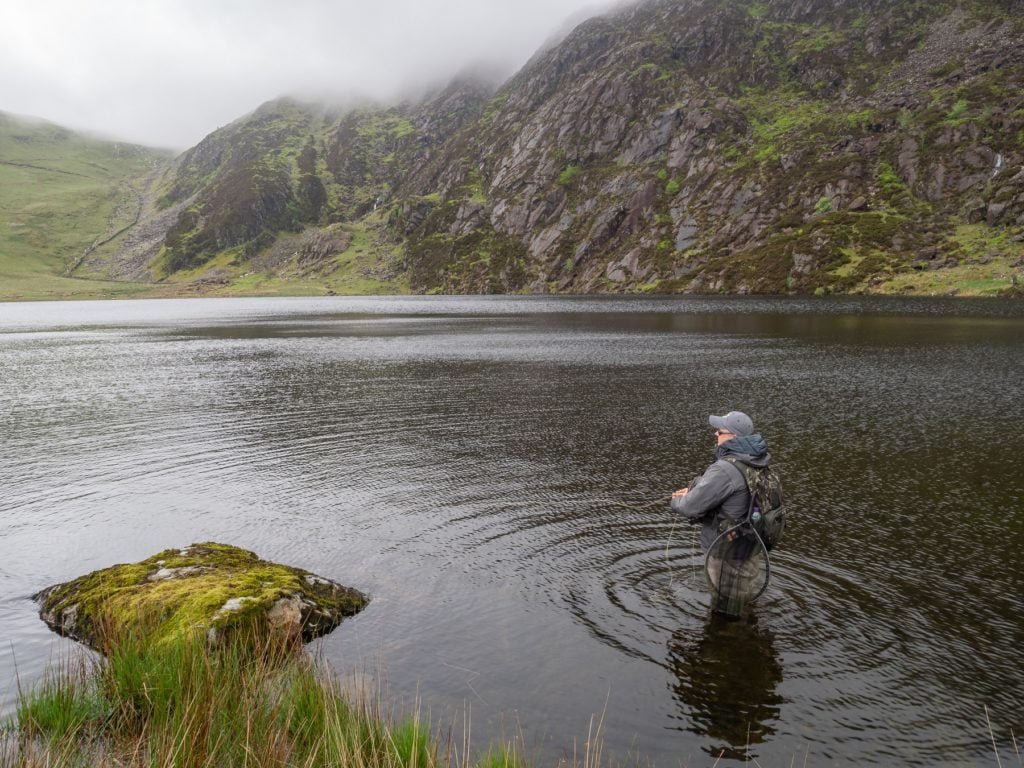
In this blog I have barley touched the surface – there are just so many other llynnoedd in Wales well worth exploring, most of which are hardly ever fished. So why not be a llyn pioneer and give them a go?
TOP TIPS FOR LLYN FISHING
Walk and cast. Llyn trout like to occupy a small territory and will usually stick to it. Therefore, you must go and look for the fish. Cast and step your way along the bank covering as much water as possible. Make sure every new cast covers fresh water. The more fish you cover, the better your chances will be.
Bring the right flies. Classic traditional wet flies have been around for a long time for a reason; they are very successful on wild waters. So make sure you carry a well stocked box. Traditional wets including Black Pennell, blue and black Zulu’s, Bibio, Connemara black, Wickhams fancy, Black & peacock spider, Kate Mclaren, Mallard & Claret and my all time favourite, the Kee-hee should be in your box. A selection in sizes 10, 12 and 14 will see you well for all conditions.
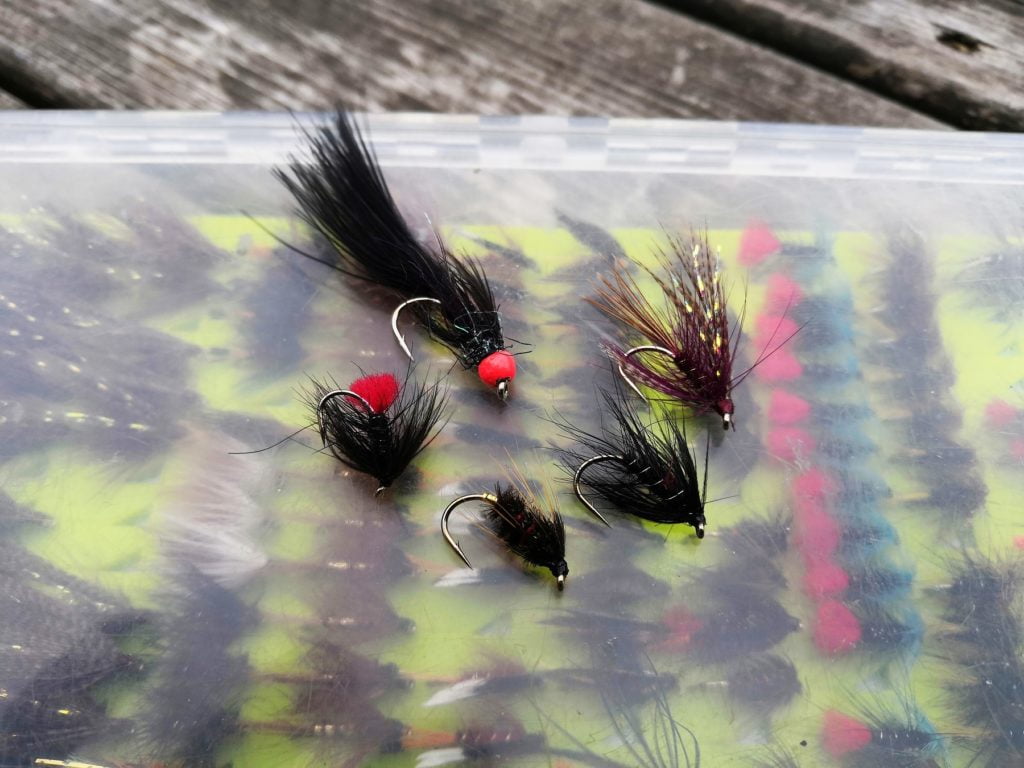
Big wave, big fly. When the wind blows up on the hills it’s time to add a big, heavily hackled bushy bob fly to your cast. Make sure you bounce and draw your top dropper across the waves at the end of you retrieve – expect some savage takes. A big Bibio, Claret dabbler, Loch Ordie, Sedge-hog or the Goats toe (all in size 10) make for perfect ‘big wave’ dropper flies.
Ignore the nearer water at your peril. In upland lakes the fish are where the food is – that is very often in the margins. So never ignore the shallows, taking care to make short casts into the marginal areas before you even think about wading, and casting along the bank before targeting the deeper water.
Points point to fish. Points act as wind traps, funnelling food into calm water on their lee sides. Look for points, and fish the calm patches they create. Invariably good fish will be found on the sheltered side of points, picking off terrestrial food from the surface. To maximise your chances head for these areas and try dry flies.
Bring some lures. Wild browns are opportunists and will attack anything that offers protein. Tadpoles or woolly bugger type patterns that represent small fish, newts or leeches will work on their day, especially when the going is tough. Woolly buggers in particular are superb wild trout catchers in sombre colours such as black, olive and brown. A great way to cover all of your bases is to try a lure as your point fly with one or two traditional wet fly patterns above, as part of a team.
Tightlines, Ceri

Words: Ceri Thomas
Images: Ceri Thomas, Adam Fisher & Alan Parfitt
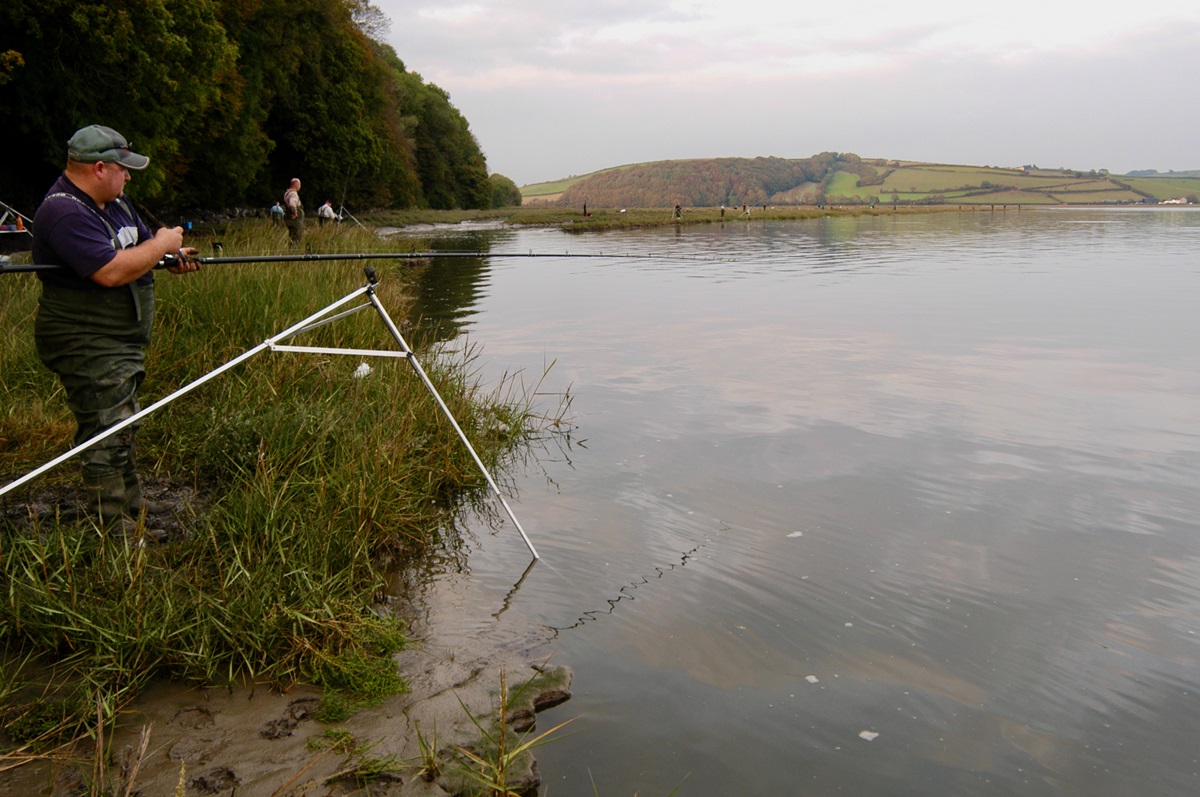
Fire up for Flounders
In this blog Dave Lewis takes a closer look at the humble flounder, a popular fish for sea anglers; found…
Read More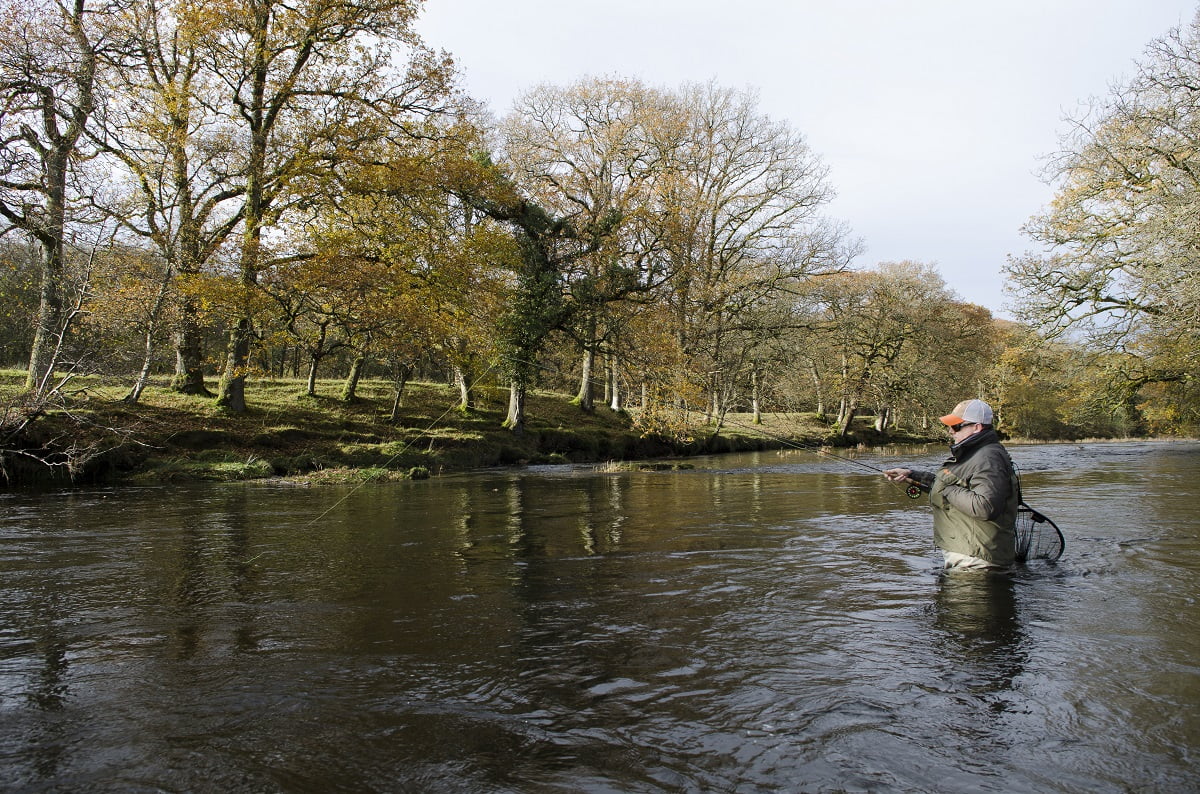
Fishing Prospects for October in Wales
October in Wales marks the true start of autumn, bringing cooler temperatures and a shift in fishing conditions. This time…
Read More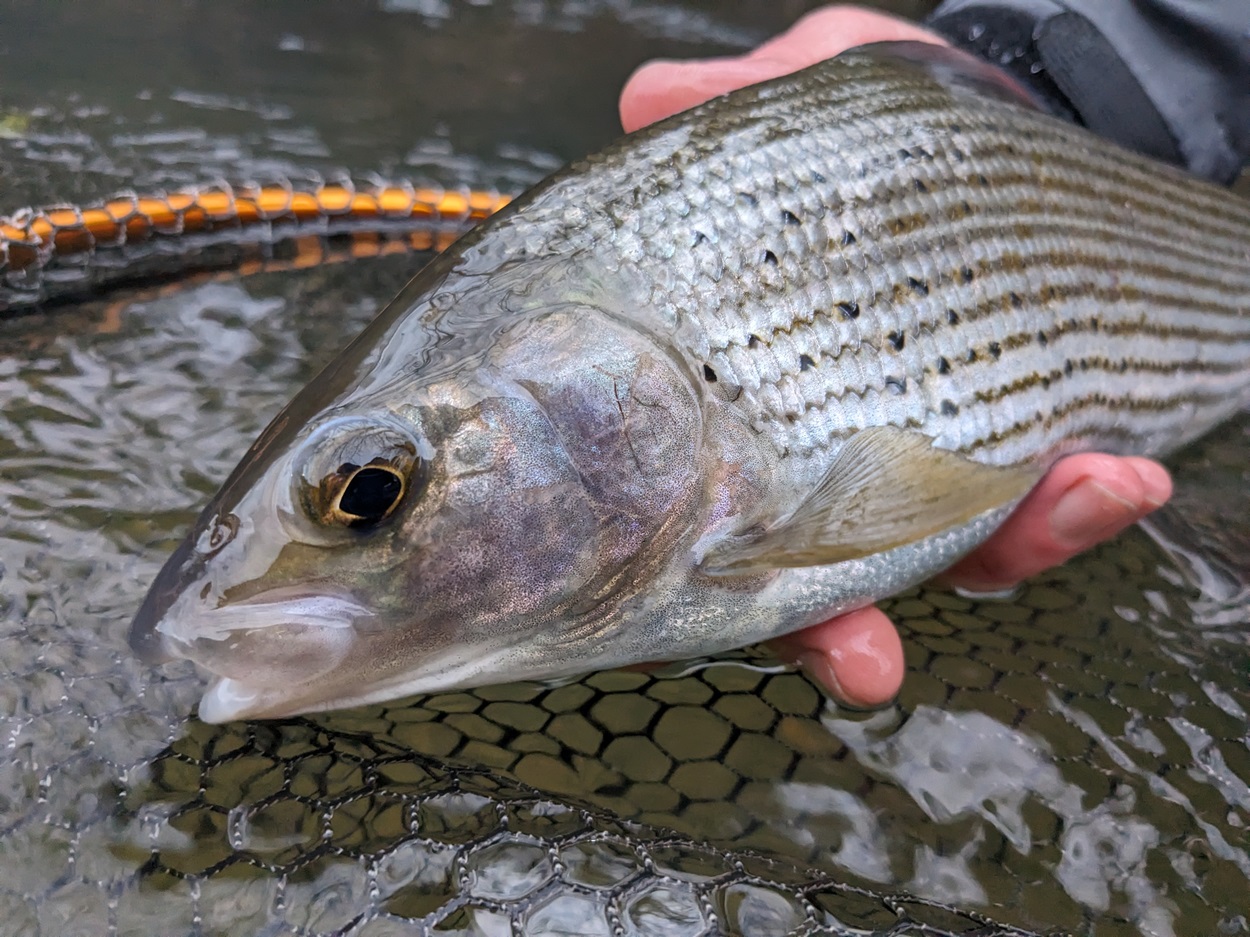
Getting lucky with the ladies
In this blog, Kieron Jenkins of Welsh tackle brand Airflo reports on how to get lucky with the ‘lady…
Read More

